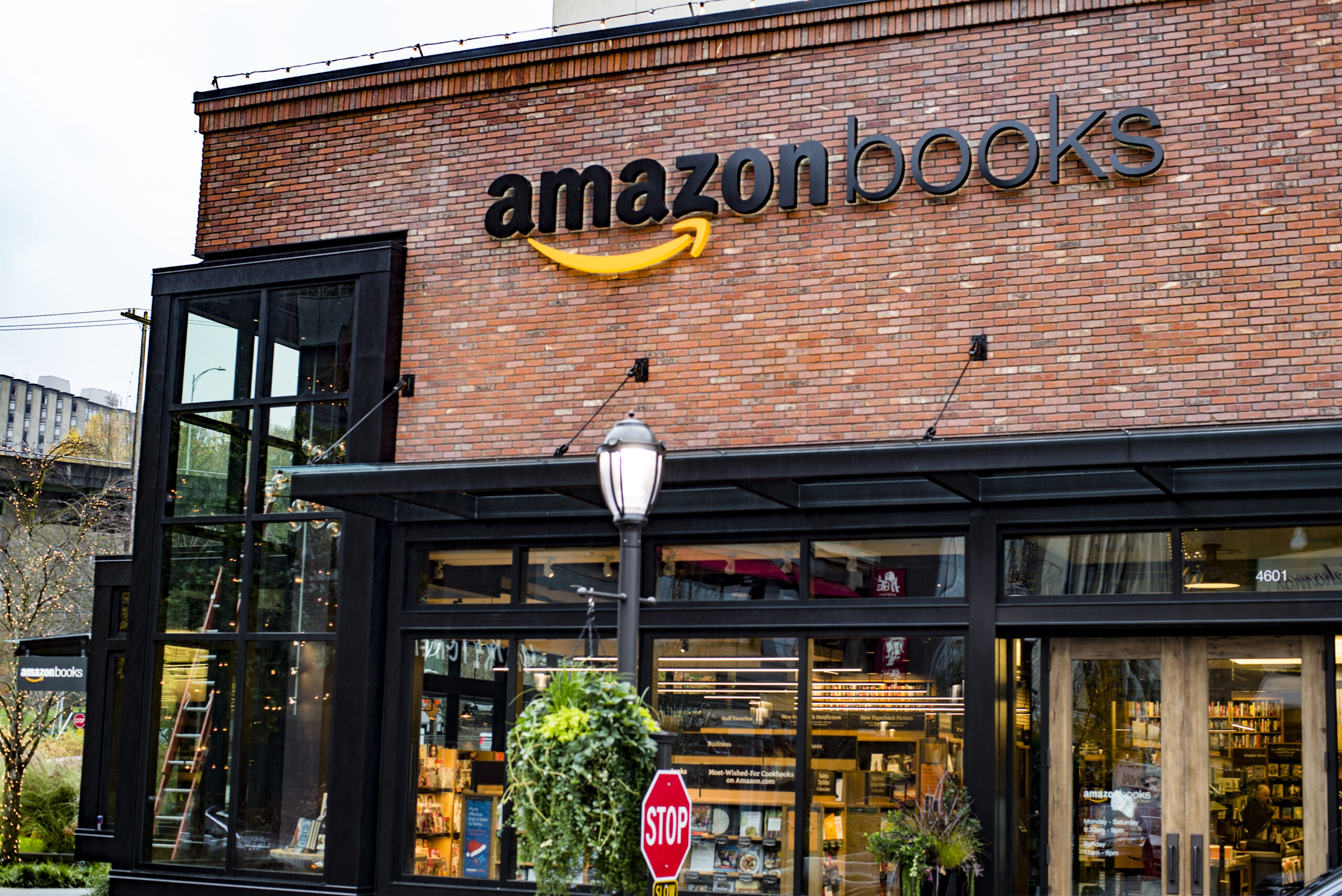
Want to learn more about this topic? Visit our Video Resource Library to watch our YouTube video and download this PDF.
Have you had a situation as a seller that involved two listings for the same product? There are varying reasons as to why this may be necessary, and in the example below, it’s because we need to sell our book under our Amazon store and with our publisher on “Amazon Books”. We are going to walk you through an example of having two listings for the same book and how to manage the situation effectively.
AMAZON BOOK EXAMPLE:
THE SITUATION:
Let’s say you are a seller on Amazon and you want to add a book that you wrote to your collection of products. You will probably want to sell this book on “Amazon Books” listed by the publisher, in addition to selling under your Amazon store for maximum exposure. Selling on Amazon books as a publisher and selling a book under your Amazon store are two separate things. This requires two different listings for the exact same book.
Selling the same book in two different places means using the same ASIN across both listings. You cannot just create two listings on Amazon for the same product but use different ASINS- this is not allowed. You also might be thinking, can I just create two SKU’s under one ASIN? This is* accepted practice in certain situations but not in this case because the product is in two completely different places.
In this situation, the product is being sold under an Amazon store (spot number one) and under a publisher (spot number 2), so the option to do multiple SKUs is not possible. While we know the book is coming from the same company, it’s not listed in the same place. Think about it this way: the book will be listed under two different accounts, two different Amazon Seller logins. One for the Amazon store and one for the publisher.
You will essentially be competing with yourself on Amazon, and your Amazon store is essentially another reseller of the book sold by your publisher. This is not an issue when managed correctly.
THE ACTION:
The first thing you need to do is create your listings. As the publisher, go set up your listing for the book with the proper information to get the listing up on Amazon Books. Books get registered with an IBSN, an International Standard Book Number. In most cases, the IBSN serves as the ASIN. In this case, the IBSN and ASIN are interchangeable.
The next step is to set up your second listing. Go to your Amazon account. Under manage inventory, click “Add a Product”. Type in the IBSN, and the book should come up. You are not adding a new product, as a listing for the book should already exist with the publisher. So, you are going to “Create an Offer”. Meaning, you are going to “Create an Offer” on an existing product. Name your SKU appropriately and fill in the information requested by Amazon (price, condition, country of origin, etc.). This information should match what you put in for the other listing.
What Happens Next?
Check to make sure both of your listings are up. Check that you can send in inventory for both listings (if you are using FBA).
Now, only one of these listings may win the Buy Box and/or the contribution. You need to figure out which listing is winning. You can test this by trying to submit changes on both listings and see what happens.
*Remember The Buy Box is Amazon’s box on the right-hand side of the listing page, where customers can “Add to Cart” or “Buy Now” for your product.
*Remember that the “contribution” is related to the control over your title, bullet points, images, etc. Only one listing may have its contributions displayed on the live detail page.
Once you have determined which listing has the control, (is it the Amazon Store or the publisher in this case?), we recommend that you manage the detail page content from the winning listing. Any changes you make to that listing will copy over to the other listing. Meaning, you can manage one listing, but you are really managing two.
The only task you will need to keep separate is your inventory. You may send the appropriate inventory for both listings, and the two listings do not need to have the same level of units in stock.
You should be able to have sales come in on both listings (keep in mind the listing with the Buy Box will perform better), and you can manage inventory levels accordingly.
Want to learn more about this topic? Visit our Video Resource Library to watch our YouTube video and download this PDF.
